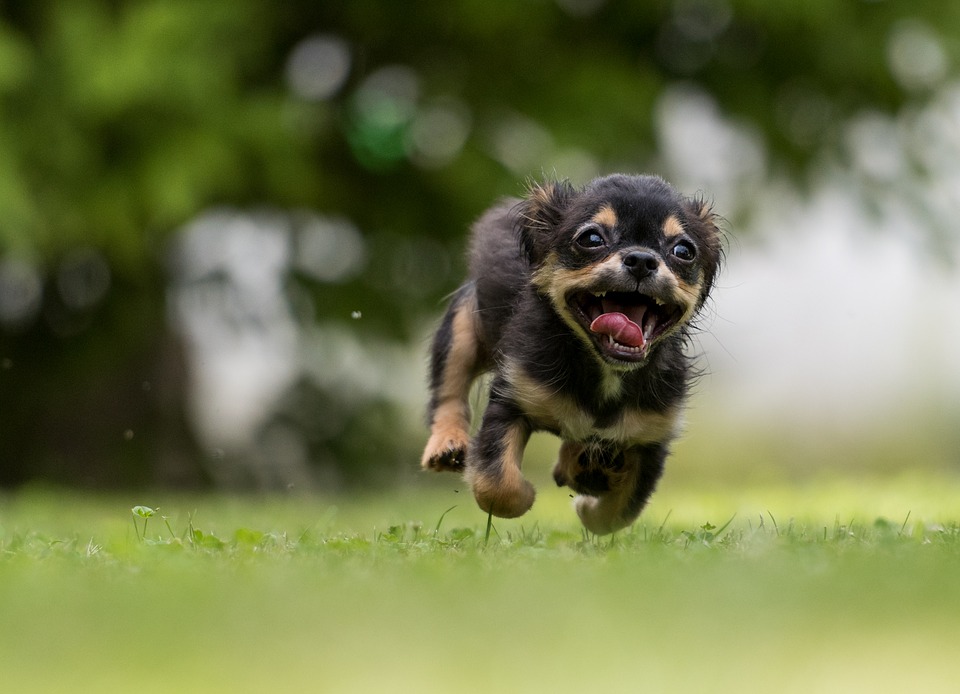The Christmas tree has been taken down, along with the lights and cards, and even the last bit of Christmas cake has been finished or, as in my case, thrown away to prevent me from eating it! January has arrived together with the realisation that these trousers weren’t this tight just a week or so ago and, in a ritual that is now repeated each year, I’m digging out my running shoes together with a small selection of best intentions.
The very fact that you’re reading this suggests that you may be a dog owner and there’s evidence to suggest that pet owners are happier and healthier than the rest of the population so our dogs may provide the answer to this annual challenge!
Whatever the breed, all dogs need regular exercise and, while we know that there is really no need to exercise our dogs at the same time of day, or for the same duration each day, combining a dog walk with our own back-to-fitness regime certainly makes sense.

Some time ago, the Kennel Club undertook a survey which found that more than a third of dog owners and almost a quarter of dogs are overweight and, as one in five dogs don’t get a daily walk at all, the solution seems obvious.
It’s at this time of year that many of us resolve to shed the extra pounds and search around for an exercise regime that can easily fit in with a busy back-to-work schedule. We all know the problem; dark, wet, windy mornings are hardly conducive to a 5k jog and for many of us such an exercise target would be unthinkably challenging – so what can we do?
Walking is the easiest option and the same cautions apply to dogs as they do to people; going from being a couch potato to a wannabe Olympic athlete in one action is foolish and potentially dangerous so build up gradually, setting yourself a target to walk a greater distance each day, and alternating flat terrain with some hilly parts to ensure that you increase your heart rate but in a controlled and manageable fashion. Remember that you may be different from your friends and family, so work out a route and a programme of exercise that suits you rather than simply following someone else who may be fitter, younger, or both! Your dog will love the excitement of new routes, which always mean new smells, so make sure that you build in some short rest periods where your dogs can do what they need – whether that’s a toilet break or simply to read the smells of a new area and all the messages that they contain.
Using a long lead is a helpful way of exploring new routes with an increased sense of security and most rambling associations will welcome dog owners so long as their dogs are kept under reasonable control.
It goes without saying that keeping our dogs under control in the countryside is non-negotiable and avoiding livestock, with the dog securely fastened to an easily manageable lead, is always the right approach even if it means a more circuitous route rather than directly across a field. However, if chased by a cow ALWAYS release the lead. The dog will be able to escape more easily than you and your principal responsibility is to remain safe yourself. You can easily be reunited with your dog in the safety of an adjoining field but if you hang on to the lead in an attempt to save your dog, it is far more likely that neither of you will emerge unscathed.
Not everyone is a natural runner, and for some this may just not be possible, but alternating a spell of easy jogging among periods of brisk walking is a great way to get back into running and is something your dog will simply love. There are a number of excellent ‘Couch to 5k’ apps and programs to download that guide you safely and confidently through to success in a remarkably short time but do remember that your dog needs to be capable of going the same distance alongside you. It goes without saying that high energy breeds like Springer Spaniels and Pointers will have far greater capabilities to cover distance at a varying pace than a Yorkshire terrier. Size is not everything and some small breeds like Dachshunds can have a surprising tolerance for exercise while an overweight Labrador or a retired Greyhound may no longer be able to manage it. When in doubt, always seek veterinary advice!

Many of us find cycling to be an enjoyable and rewarding exercise but do remember that, while twelve mph is fun for the bike rider, sustained distances at speed are not always possible for our dogs without increasing the risk of injury. Dogs are naturally stoical creatures and will continue to run even though they are in pain, especially if they are in the company of other dogs. Many a canine orthopaedic operation has followed an enthusiastic bike ride in the countryside with the master!
Something similar can be said for hill climbing. The car park at the foot of Ben Wyvis has a sign that says that the ascent to the peak and back is a walk of some nine miles. While that might be quite easily manageable on the flat for you and your dog, and may look like a great way to spend a sunny, winter Sunday, remember that the load on your knees is considerably higher on the way back down and canine arthritis is a very common condition not just in older dogs but also in certain breeds which have a predisposition towards the stiff, painful, swollen joints that characterise the disease.
The PDSA website lists the following breeds as having an increased risk of developing arthritis:
- Labradors (hips and elbows)
- Springer Spaniels (hips and elbows)
- German Shepherds (spine, hips, elbows)
- Golden Retrievers (hips)
- Rottweilers (hips and elbows)
- Bernese Mountain Dogs (hips and elbows)
However, this list is not exhaustive and older dogs of any breed have an increased risk of developing the disease with painful, persistent symptoms which are exacerbated by unusually taxing bursts of exercise.
The great British climate is not always the friend of outdoor exercise, but cold weather shouldn’t put you off unless it is icy, which really increases the risk of injury for yourself and your dog. However, running or walking the same distance in very cold weather will consume far more energy, will be more tiring for you and your dog and increases the load on the heart, lungs and joints – especially so in older dogs.
Most dogs are not put off by rain or wind but walking along the coast in stormy weather is clearly more dangerous so, when in doubt, select a safer – even if less rewarding – route.
Of course, there are several activities you and your dog can do inside to get some exercise and joining an agility club can be a great way to increase activity levels for both of you. Some people have invested in a second-hand treadmill which takes pride of place in the garage but remember that you will need to train your dog to use a treadmill safely. Several dog training classes will also provide activity exercise sessions for your dog and the staff here will be a font of useful knowledge about what is available in your area.
In reality, few of us keep to our New Year resolutions, especially so when it comes to exercise, but taking steps to increase our fitness is important for all of us. It is far easier and can be far more enjoyable when shared with our dogs and combining increased and varied exercise with the necessary dog walks is a great way not just to get fitter but also to stay that way too.


